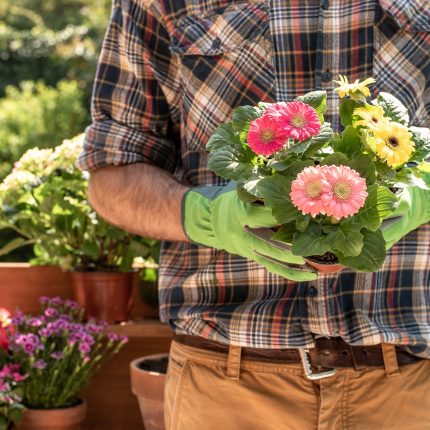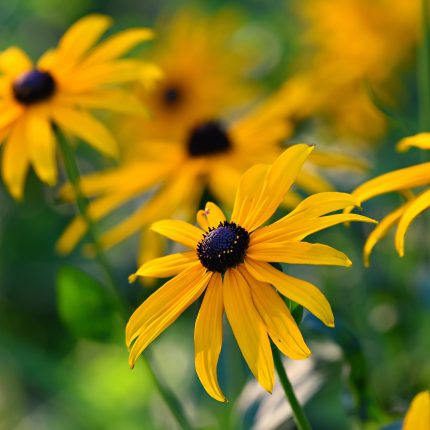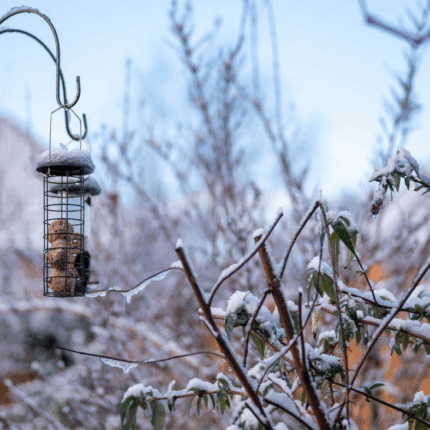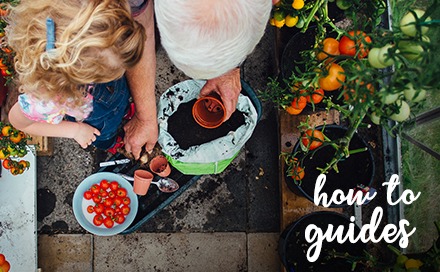From Bulb to Bloom: How to Plant Daffodils for a Blooming Spring
Few flowers signal the arrival of spring quite like the daffodil. Bright, cheerful, and wonderfully resilient, these golden blooms are a welcome sight after the long winter months.
In Irish, the daffodil is called Lus an Chromchinn, meaning “the plant of the bowed head,” a name inspired by the way the flower gently nods on its stem. The flower’s vibrant yellow colour and resilient nature has made the daffodil a symbol of renewal, hope, and the turning of seasons, a flower that seems to bow to winter before lifting its face to spring.
Planting daffodils in autumn is simple, rewarding, and one of the easiest ways to guarantee a garden full of colour in early spring. Whether you’re new to gardening or looking to refresh your borders, here’s everything you need to know.
Why are daffodils so popular for gardeners?
Daffodils are loved not just for their beauty but also for their reliability. They’re hardy bulbs that thrive in most conditions, come back year after year, and require very little care once planted. Their versatility means they look just as striking planted in neat borders as they do naturalised in lawns, woodland edges, or pots.
Gardeners also treasure daffodils for their uplifting colour. As some of the earliest spring flowers, they bring brightness at a time when we need it most, bursting from the last days of winter darkness.

What varieties of daffodils should I choose?
There are hundreds of daffodil varieties, each offering something unique. A few of our favourites include:
- Dutch Master – a classic trumpet daffodil with large, bold yellow blooms that stand out in borders or lawns.
- Tamara – an early-flowering daffodil, bringing cheerful colour just as spring begins.
- Martinette – a smaller, multi-headed variety with golden petals and a sweet fragrance, ideal for pots or borders.
- Cheerfulness – a double-flowered variety with clusters of frilly blooms, adding softness and charm to any garden.
- Tête-à-Tête – a dwarf daffodil, compact and perfect for containers, rockeries, or the front of borders.
By mixing different types, you can extend the flowering season, with some varieties blooming as early as February and others carrying on into late April.
If you can’t decide, mixed collections, such as our Mixed Varieties pack, provides a beautiful blend of styles and bloom times, ensuring a longer-lasting display.
When and how should I plant daffodils?
The best time to plant daffodils is autumn, ideally in October, before the first hard frost. Planting early allows bulbs to develop strong roots, ensuring a better display in spring.
Here’s how to do it:
- Depth: Plant each bulb about three times as deep as its height (usually 10–15 cm).
- Spacing: Leave around 10 cm between bulbs. Plant in groups or drifts for a natural effect rather than lining them up in rows.
- Position: Choose a sunny or lightly shaded spot with well-drained soil.
Place bulbs with the pointed tip upwards, cover with soil, and firm down gently. A thorough watering helps settle the soil around the bulbs.
What care do daffodils need after flowering?
Caring for daffodils once they’ve bloomed is the key to keeping them strong for future years. A few simple steps make all the difference:
- Deadhead spent flowers – snip off faded blooms so the plant’s energy returns to the bulb rather than seed production.
- Leave the foliage – resist the urge to cut back the leaves too early. They continue to photosynthesise, feeding the bulb for next spring. Only remove the foliage once it has turned yellow.
- Feed lightly – after flowering, a light sprinkle of bulb fertiliser helps restore nutrients.
With this aftercare, daffodils will not only return, but often multiply and spread naturally.
Can daffodils be grown in pots?
Yes, daffodils thrive in pots and containers, making them ideal for patios, balconies, or even front doorsteps. Growing daffodils in containers is not only practical for smaller spaces but also allows you to move them to highlight sunny spots or protect them from harsh weather.
For best results, choose dwarf or miniature varieties such as Tête-à-Tête, Martinette, or Cheerfulness. These varieties won’t overwhelm the pot and will provide a compact, cheerful display. Use a container with good drainage, daffodils do not like to sit in waterlogged soil. A 20–25 cm deep pot usually works well for most bulbs.
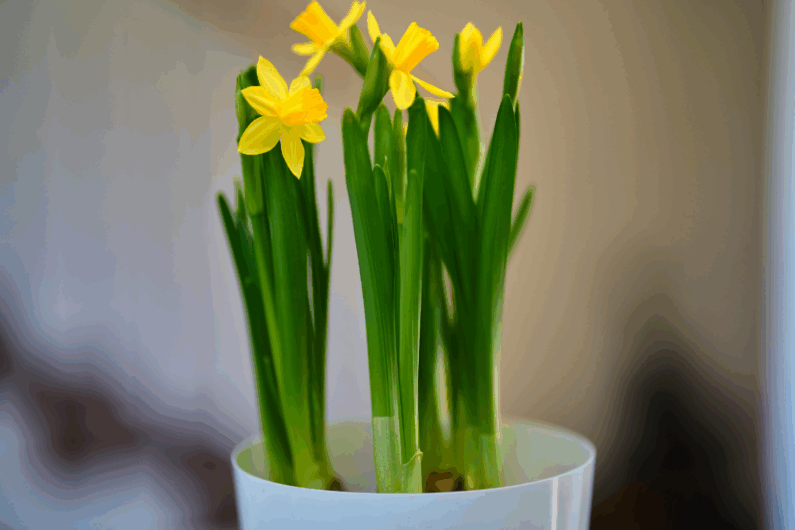
Plant bulbs close together but not touching, with the pointed ends facing upwards. Fill the pot with peat-free compost or a well-draining bulb mix, and water thoroughly after planting.
Once planted, place your pots in a cool, sunny spot outside for the autumn and winter months to allow roots to establish. After flowering, allow the foliage to die back naturally before removing, so the bulbs store energy for next year’s display. Don’t forget to visit Tírlan’s Perfecting your Plant Pots guide for more details.
Daffodils are among the easiest and most rewarding bulbs to grow. By planting them this autumn, you’re setting the stage for a garden that bursts into life just when you need it most. With so many varieties to choose from and such simple care, daffodils truly are a must-have for every garden, large or small.
For more information on autumn planting be sure to visit our Autumn Bulb Planting Guide and keep an eye on the Tírlan Country Life Blog for more tips and information.


